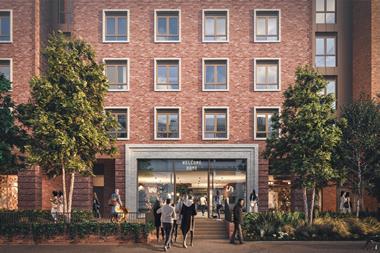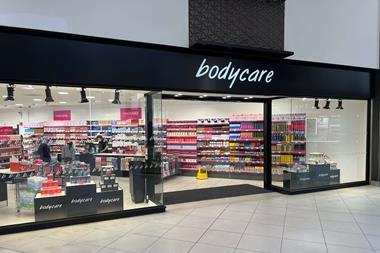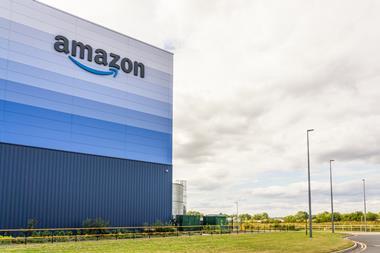After a particularly rainy start to official British winter time, there was relief all round that the sun shone unseasonably warmly on London Designer Outlet when the new venue became the last of the three major UK openings to be unveiled in 2013.
There are so few completely new shopping centres being opened these days that a media and shopper scrum is assured for those few that do. So Trinity Leeds opened to hordes, the queue of cars to get into Whiteley in Fareham stretched as far as the eye could see and the crowds were certainly out again at Wembley on October 24.
Quintain’s designer outlet is part of a far wider regeneration of the area directly around Wembley Stadium – which of course has also been expensively but impressively rebuilt (providing my excuse to quip that as a Chelsea fan it’s a venue I am very familiar with.) But this is a slightly less gratuitous remark than it might seem, because I do therefore have quite an extensive knowledge from personal experience of how poor the retail provision on what was once one of London’s busiest retail streets has become.
London Designer Outlet has opened with quite a lot of units not ready to trade, which was inescapably noticeable on the day and is perhaps a reflection of the desire to get the scheme up and running ahead of the crucial Christmas period. It has been billed as the only designer outlet inside the M25 in what has become a hugely successful niche within the retail mix.
Most are probably familiar with Value Retail’s seminal luxury outlet at Bicester or the collection of McArthurGlen outlets dotted around the country. But a host of companies own outlets, which range from sophisticated brand mixes to cornier themed locations designed to pull in tourists and, increasingly, hybrid projects which mix the designer outlet ethos – a minimum of 30% off the full retail price – with convenience retail brought in to drive regular local footfall.
London Designer Outlet is certainly a hybrid. While there are plenty of brands offering their merchandise at reduced prices within the open-streets layout, there are also a host of food and beverage operators, a cinema and student apartments sat atop. The catering and entertainment offer primarily sits on the elevation facing Wembley Stadium and on the upper floor of what is an inclined plot, so allowing customers to flow in and out of the scheme at various points.
Designer outlets are usually considered to be destinations – and the shopping mindset differs from visiting a mall or high street, with customers tending to arrive with a pre-allocated pot of money to spend – yet London Designer Outlet feels more like a lifestyle mall. And it seems inevitable that it will be used as a local shopping centre in an area of under-provision.


























No comments yet